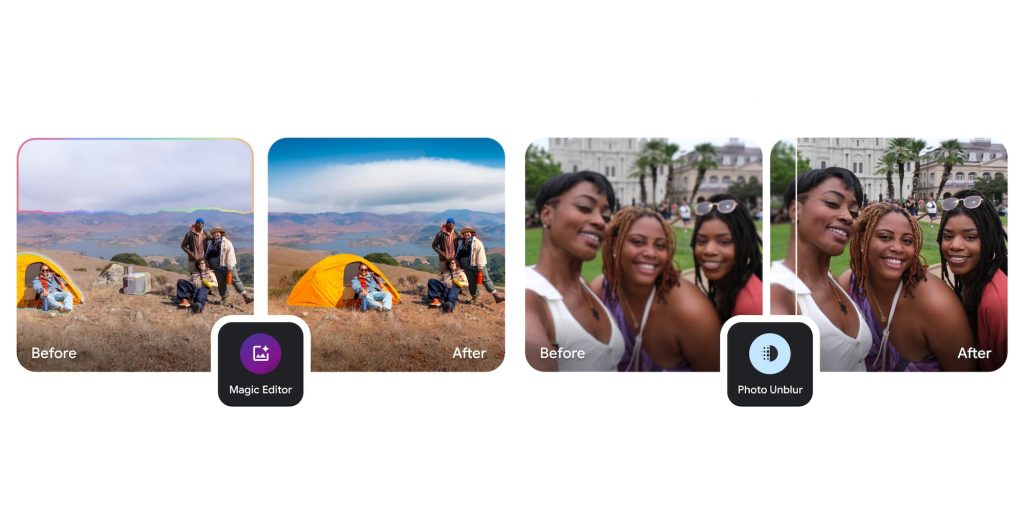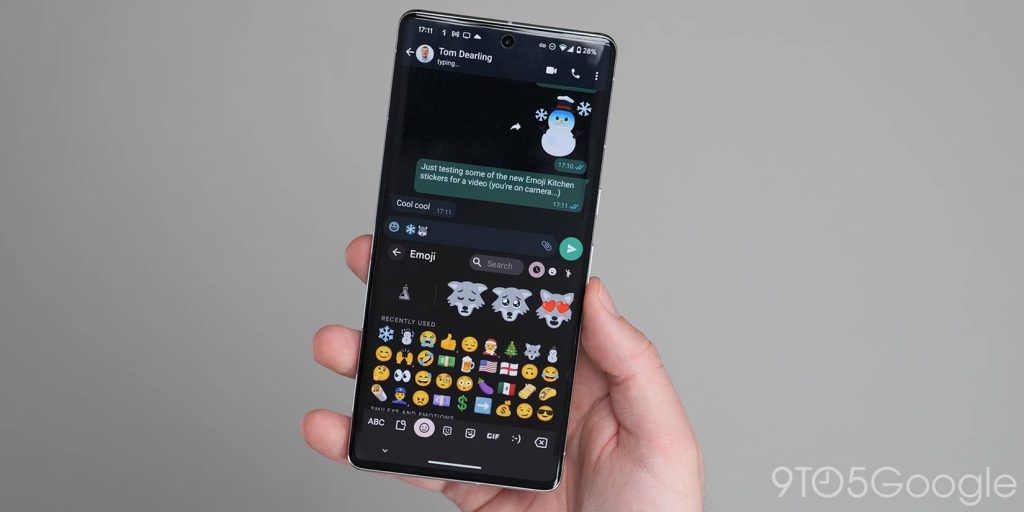In case you missed it, Apple announced a ton of new iPhone features at WWDC, though a lot of them are things Android phones can already do.
Innovation is innovation, and that includes bringing features to the forefront that have already existed in other devices. Many users like to harp on Apple for being behind in certain aspects and then copying Android, though a lot of what was released seems to just be a natural progression. A lot of it is also user demand for features that others have on different devices.
This is especially true with AI as models improve their semantic understanding, positioning them as fantastic photo editing tools or image generation assets in SMS/RCS messaging apps. We’ll break down a few new iPhone features in iOS 18 that we’ve seen on Android phones for a while.
Customizable home screens
This is probably the biggest one and a huge topic on social media. At WWDC 2024, Apple announced that a big part of iOS 18 will be the ability to customize your iOS home screen to a level Apple users haven’t seen.
Apps can now be placed anywhere on the screen, even if that means they sit completely alone in a corner. The static app grid is gone, and app icon movement is no longer limited. This update also brings custom color palettes that turn app icons into different hues.

On stock Android, users know this as Material You. Material You is a feature that allows apps to shift colors based on the color of the wallpaper in the background. In addition, you can change the colors to a specific one if you’d like through the home screen customization tools. In the latest versions of Android, this addition is reflected through almost every single Android OEM.
Interestingly enough, Apple’s approach to a custom app icon feature on the iPhone is a little different than what Android has done. Rather than requiring developers to create variations of app icons in different colors, iOS 18 seems to shade over every icon, which can result in some flat and lifeless apps.
RCS and message scheduling
RCS on iPhone is a huge win for Android users as a whole. It allows both parties to exchange messages that present more data than a simple SMS message. For instance, RCS messages will allow users to see delivery and read receipts, theoretically typing indicators, and much richer images.
Google’s Messages app introduced RCS messaging to users several years ago, and it has since taken a rather loud approach to pushing Apple to do the same. It’s taken a while, but iOS is now capable of accepting and sending out RCS messages.
Another feature Android fans might be used to is scheduled messages. With most Android OEMs like Samsung and Google, users have been able to schedule messages to be sent at a later date. Undoubtedly, it’s a feature that comes in handy more often than not. In Google Messages, simply tap and hold the send button to see the schedule window.
Now, iPhone users are also able to schedule messages to be sent out at a specified time, just like on Android with the Google Messages feature.
A smart photos app
Android has long had the Google Photos app in its arsenal. With updates and changes over the years, the app allows users to find images in the search bar, even if searching via small details. This has been one of the strongest reasons users use the Google Photos app instead of the stock app that comes on their devices. That has changed recently since many other manufacturers have beefed up their photo gallery apps to do the same.

Now, Apple has added an improved search system to the Photos app, which allows users to search for details in photos, including numbers, places, and other identifiers. The company also announced an edit feature for iPhone that looks a lot like Magic Editor on Android or Galaxy AI. Circling people in the background will result in erased bystanders, which is a huge advertising point for Magic Editor in Android.
Onboard AI
Another big adjustment during WWDC is how Apple views AI on the iPhone and throughout its other ecosystem devices. The change means tons of apps will start to take on AI features to improve writing, how notifications are handled, and the way other features are presented.
It’s hard to compare what Apple has done in this update to what Google has taken on with Gemini. On the phone level, Gemini seems a little hands-off, and what Apple seems to be advertising looks to be throughout the entire iPhone itself. It’d be nice to see Google implement some of the same quality-of-life features, like notification summaries.
Custom emojis
In this category, Apple wins hands-down. The closest thing Android has to custom emojis is what’s available in the emoji kitchen or what’s possible with custom stickers in Messages. Apple’s version allows you to generate bespoke emojis with AI in the style of Apple’s existing library of emojis.
Emoji kitchen is very different in the sense that Google created a ton of emoji combinations by hand so on the chance that you chose two existing emojis to combine, there would be a cool, yet unsettling, option.

In honesty, it’s good to see Apple start to bring its own version of certain Android features into play. It means competition between platforms and OEMs will only increase, which makes everyone’s phone experience a little better.
FTC: We use income earning auto affiliate links. More.

